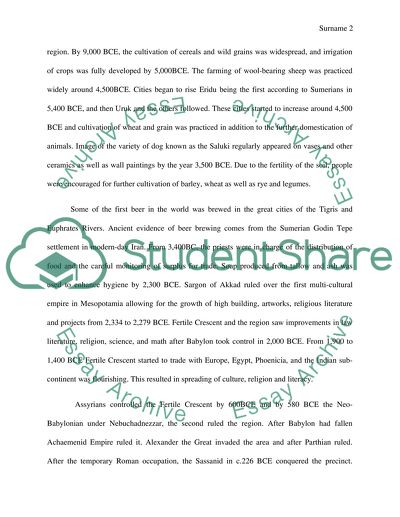Cite this document
(“Fertile Crescent Essay Example | Topics and Well Written Essays - 1500 words”, n.d.)
Fertile Crescent Essay Example | Topics and Well Written Essays - 1500 words. Retrieved from https://studentshare.org/history/1701913-fertile-crescent
Fertile Crescent Essay Example | Topics and Well Written Essays - 1500 words. Retrieved from https://studentshare.org/history/1701913-fertile-crescent
(Fertile Crescent Essay Example | Topics and Well Written Essays - 1500 Words)
Fertile Crescent Essay Example | Topics and Well Written Essays - 1500 Words. https://studentshare.org/history/1701913-fertile-crescent.
Fertile Crescent Essay Example | Topics and Well Written Essays - 1500 Words. https://studentshare.org/history/1701913-fertile-crescent.
“Fertile Crescent Essay Example | Topics and Well Written Essays - 1500 Words”, n.d. https://studentshare.org/history/1701913-fertile-crescent.


